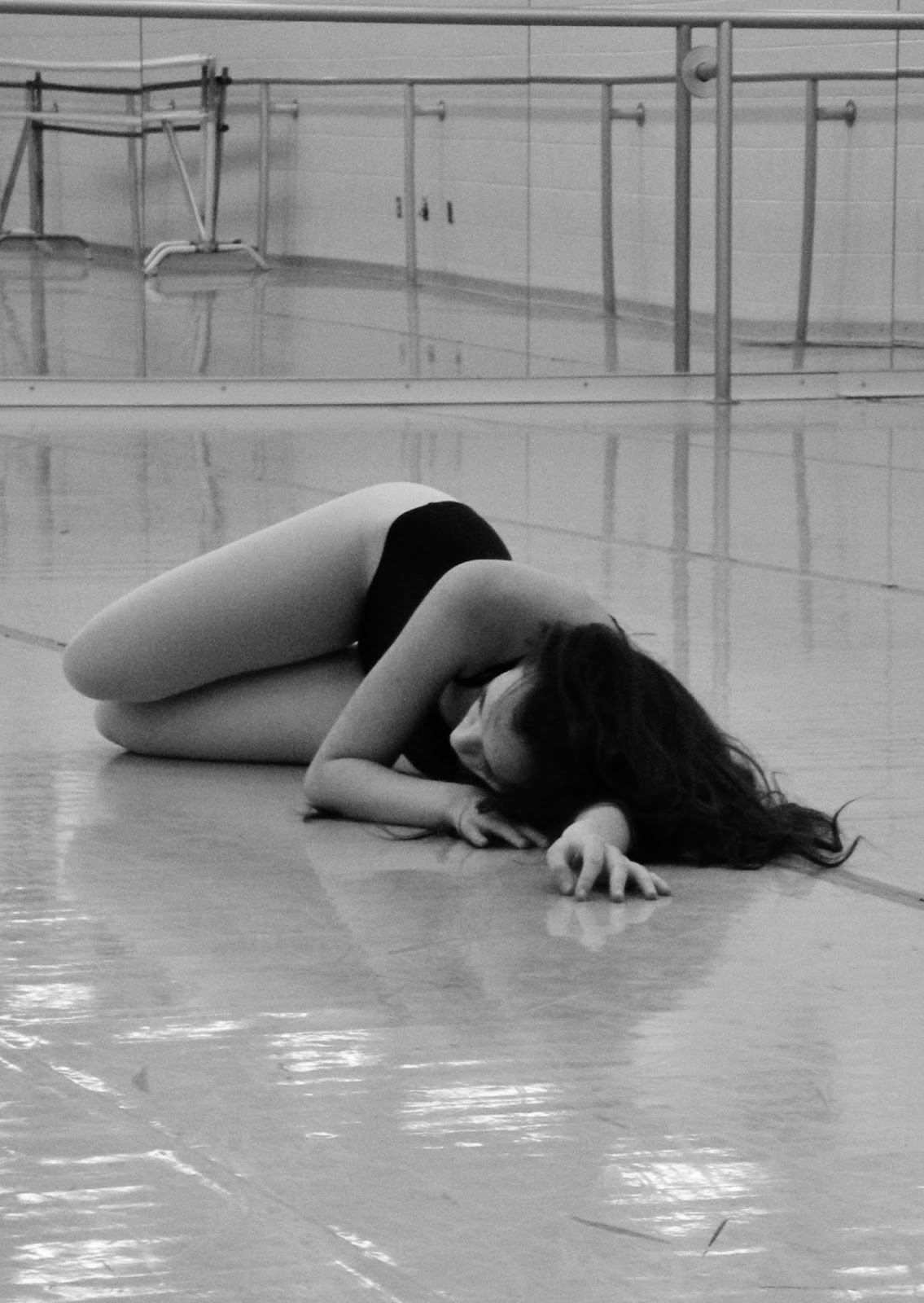Part 1:
MISSING
24 carat diamond ring.
Please contact 555-555-5555 immediately if found.
Fiancée also missing.
Part 2:
Your fiancée is finding freedom by hitting the slopes.
Don't bother calling. Our phones are off.
-Best Man!
Don't bother calling. Our phones are off.
-Best Man!
Part 3:
You can take my girl. I’ll be clubbing with yours.
She can’t wait
to salsa, you never take her anywhere…Don’t
bother calling. It’ll be too noisy.
~Groom-to-be-(still!)

Part 4:
Sincerely,
Mr. “I highly doubt it.”
Part 5:
Perhaps the only thing missing from the scene was the empathy that
traditionally took position on people's faces in such a situation.
Artist Statement:
This project was a lot of fun for me, but it was
also a big challenge. I’m generally a pretty wordy person when I write, so it
was difficult for me to convey a story using so few words. It forced me to be
creative and to get down to the essence of a story rather than filling it in
with lots of details. It also opened my eyes to the millions of tiny stories
that are out there in the world.
The inspiration for my first story came from a
notice board. I’ve always loved reading notice boards, because every flier and
poster is a tiny story. There's always a huge variety of things to be found on a
notice board, from missing people and pets to cars being sold to dates being
begged for. There is an endless variety of notices and there’s always something
new. I came across the particular flier that inspired my first story about a
year ago, and to this day it’s one of the most interesting notices I’ve ever
seen.
In about 10 words, this notice speaks volumes. For my first tiny story, I decided to create a notice that would also speak volumes, both about the person who posted it and also about the relationship in question.
The actual process of this project was a lot of fun. In Totems and Taboos, DJ Spooky describes the process of the Exquisite Corpse thus: "It's the sequence of the game that makes the tension between
each player a connected, and ultimately enriching experience." I found this to be true as I worked on this project.
It felt like a game, and only getting a portion of the series to use in the creation of my own contribution made it exciting, like I was creating a piece to a puzzle that I couldn't see. It was like playing telephone, I was getting a message, and I got to choose which part of the message I wanted to pass on to the next person. I would look forward to getting the stories every day, because each one of them presented a different concept to add on to.
It was also really interesting to put all 5 of the little stories together and see what the end result was. Even though it doesn't make sense in a linear narrative format, all of the stories are clearly connected. Either by a word or a concept, there are commonalities within each story. I think that's kind of how art works, it builds on itself. And every artist gets to be a part of that. Isn't that amazing? I think so.
~Brontë Campbell

















